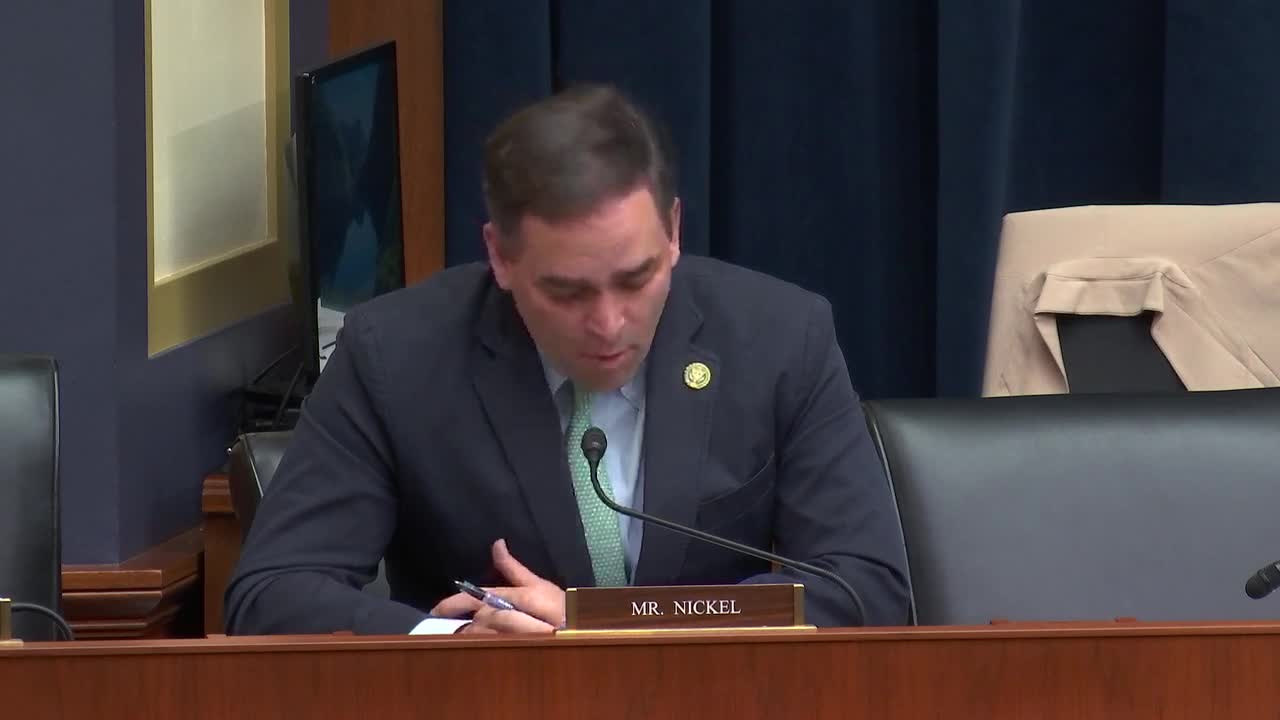SEC Proposals Face Backlash Over Impact on Retail Investors
June 20, 2024 | Financial Services: House Committee, Standing Committees - House & Senate, Congressional Hearings Compilation

This article was created by AI summarizing key points discussed. AI makes mistakes, so for full details and context, please refer to the video of the full meeting. Please report any errors so we can fix them. Report an error »

In a recent government meeting, discussions centered on the Securities and Exchange Commission's (SEC) proposed regulations and their potential impact on retail investors and market dynamics. Key participants included Professor Brogaard, who expressed concerns that the SEC's proposed best execution rule could be detrimental to investors. He argued that the current system, which relies on efficient wholesalers competing for retail orders, might be undermined by the new regulations, leading to worse outcomes for investors.
The meeting also highlighted the need for the SEC to reassess its conclusions regarding execution quality, particularly in light of updated data. Participants emphasized the importance of thorough public comment periods to ensure that regulations align with the realities of modern finance and do not stifle innovation.
Mister Rubinstein raised concerns about the SEC's approach to market resilience in the face of geopolitical challenges, advocating for increased dialogue between regulators and market participants to prepare for potential crises, such as a hypothetical invasion of Taiwan.
The discussion further touched on the SEC's volume-based pricing prohibition rule, with participants questioning its potential to enhance competition. Critics argued that banning volume tiers could lead to higher costs for investors and diminish market activity.
Professor Brogaard also addressed the significance of the tick size rule, suggesting that the SEC's proposal to change it was premature and could disrupt market dynamics. He stressed the importance of finding an optimal tick size to avoid complications.
Overall, the meeting underscored a growing concern among lawmakers and experts regarding the SEC's regulatory approach, with calls for collaboration with existing regulatory bodies like FINRA to improve current rules rather than creating new ones. Participants unanimously agreed that while the SEC's intentions may be positive, the focus of its regulatory efforts needs to be realigned to better serve the interests of retail investors and the stability of capital markets.
The meeting also highlighted the need for the SEC to reassess its conclusions regarding execution quality, particularly in light of updated data. Participants emphasized the importance of thorough public comment periods to ensure that regulations align with the realities of modern finance and do not stifle innovation.
Mister Rubinstein raised concerns about the SEC's approach to market resilience in the face of geopolitical challenges, advocating for increased dialogue between regulators and market participants to prepare for potential crises, such as a hypothetical invasion of Taiwan.
The discussion further touched on the SEC's volume-based pricing prohibition rule, with participants questioning its potential to enhance competition. Critics argued that banning volume tiers could lead to higher costs for investors and diminish market activity.
Professor Brogaard also addressed the significance of the tick size rule, suggesting that the SEC's proposal to change it was premature and could disrupt market dynamics. He stressed the importance of finding an optimal tick size to avoid complications.
Overall, the meeting underscored a growing concern among lawmakers and experts regarding the SEC's regulatory approach, with calls for collaboration with existing regulatory bodies like FINRA to improve current rules rather than creating new ones. Participants unanimously agreed that while the SEC's intentions may be positive, the focus of its regulatory efforts needs to be realigned to better serve the interests of retail investors and the stability of capital markets.
View full meeting
This article is based on a recent meeting—watch the full video and explore the complete transcript for deeper insights into the discussion.
View full meeting